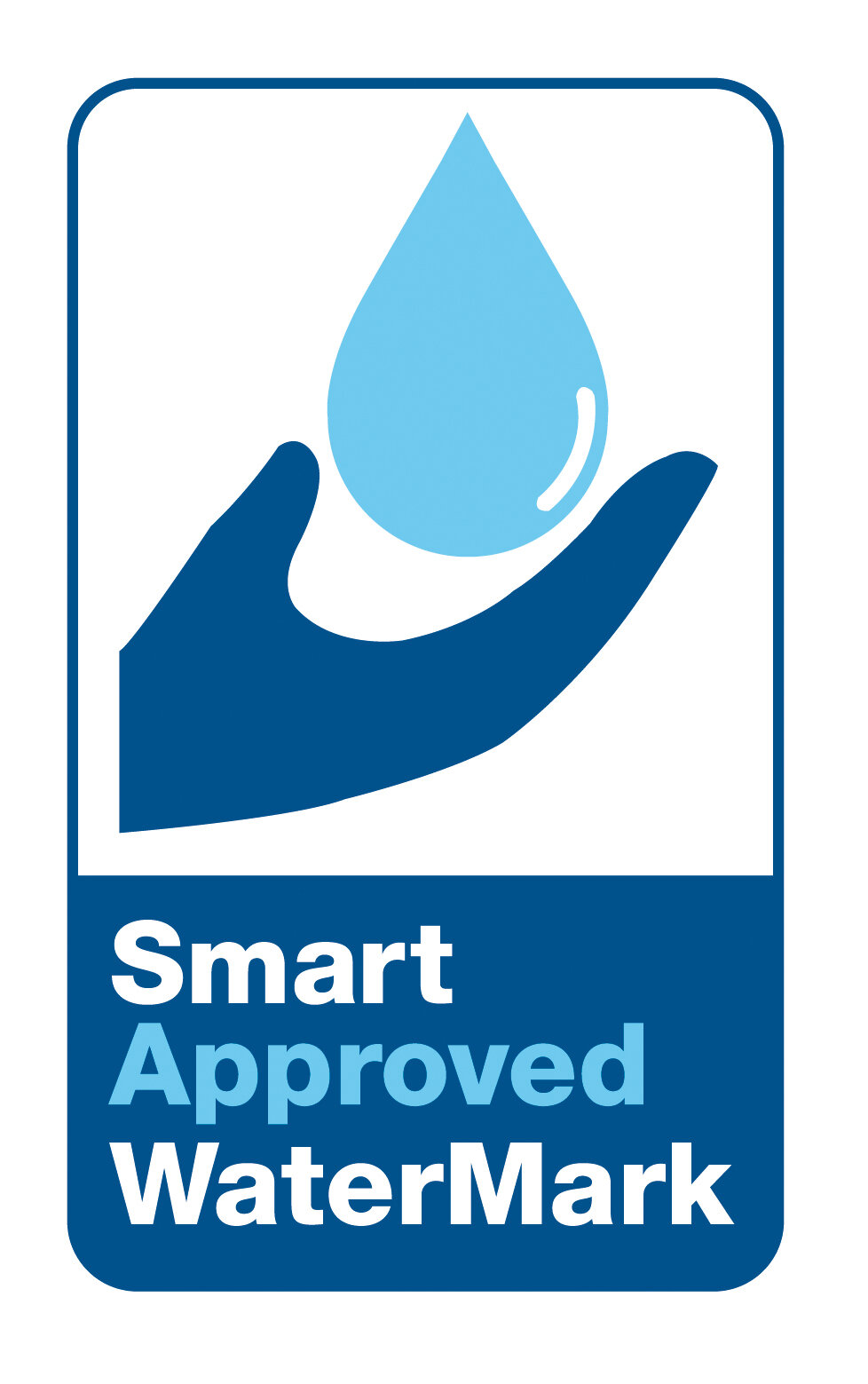With the pandemic now over, many in the cleaning industry - especially jansan distributors who market cleaning supplies - are finding it more challenging to find their niche. Things have changed. Most large facilities have cut back on their cleaning needs considerably. This indicates, for jansan distributors, that their needs for cleaning supplies, equipment, and paper products have also declined.
According to the Pacific Institute, an organization that focuses on reducing water consumption, most of the energy used in the West is now used for transporting water from one location to another.
This tells us that the more facilities can reduce water consumption, the more they can reduce utility bills.
And this is where jansan distributors come in. If distributors can help their customers find ways to reduce water consumption, it will also help them reduce their energy usage. In turn, this can lead to lower operating costs and increased sustainability.
And this, in turn, can lead to enhanced customer loyalty. Enhancing customer loyalty is crucial in the ever-changing marketplace we have today.
So How Do Jansan Distributors Help Their Clients Reduce Water Consumption?
The first step is to encourage them to reduce the amount of water used for landscaping.
However, after landscaping, facilities typically see their most significant water usage in their restrooms. The Pacific Institute estimates that Americans use about 4.8 billion gallons of water daily just flushing toilets and urinals.
In office buildings and many other types of facilities, toilets, and urinals make up a third of a building's water consumption. Reducing that consumption can have a significant impact, not only on reducing water usage, but also on reducing water utility costs.
Distributors can advise their clients about the many alternatives to conventional faucets, toilets, and urinals since these traditional fixtures appear to be the major culprits when it comes to water consumption.
Faucets equipped with aerators, for example, can reduce water consumption by about two gallons per minute.
The traditional flush toilet is now seeing its final days. Dual-flush toilets and compressed air toilets that use far less water are replacing them.
As to urinals, waterless urinals have proven their value. In some cases, all a facility needs to do to reduce water consumption – significantly – is to replace water-using urinals with those that use no water whatsoever.
Taking this trend one step further, distributors now must advise their clients to consider water consumption and efficiency in all facility operations, especially when planning a new facility or renovating an existing building.
Historically, water efficiency has been low on the list of priorities when new facilities are built, or major renovations are planned. The Pacific Institute has noted that for years, even architects and designers placed little emphasis on water conservation and efficiency.
Fortunately, with the growth of the sustainability movement and the new water-reducing technologies mentioned earlier, that is all changing.
Sustainability, water efficiency, and energy use will soon be paramount challenges, but distributors can help their clients meet those challenges. These challenges are solvable.
And in doing so, they have the added benefit of further fostering customer relationships.
Klaus Reichardt is CEO and founder of Waterless Co, Inc, pioneers in advancing water efficiency. Reichardt founded the company in 1991 with the goal of establishing a new market segment in the plumbing fixture industry with water efficiency in mind. Reichardt is a frequent writer and presenter, discussing water conservation issues. He can be reached at klaus@waterless.com










